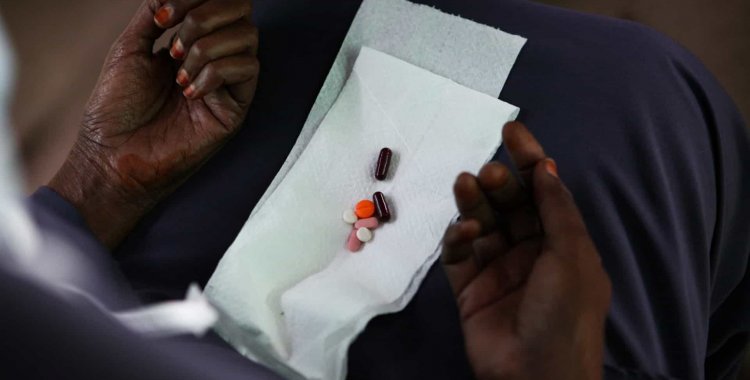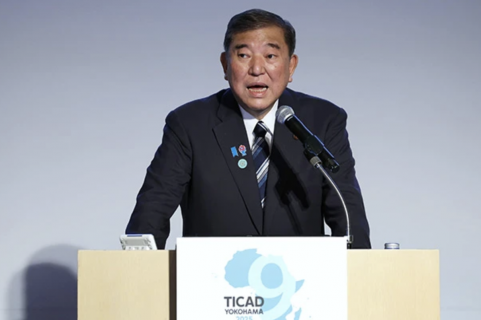In its annual report on tuberculosis, WHO points out that many countries were managing to reduce the incidence of that infectious disease, but that "human and financial resources have been displaced from tuberculosis to respond to covid-19".
"The global number of deaths from tuberculosis could increase by 200,000 to 400,000 this year alone," warns the organization, as long as there is a 25 to 30 percent drop in the number of people treated and diagnosed over a three-month period, which is already happening in some of the most affected countries worldwide.
"Equitable access to timely and quality diagnostics, prevention, treatment and care remains a challenge," said the secretary general of that United Nations agency, Tedros Ghebreyesus.
"About 1.4 million people died from tuberculosis-related disease in 2019," points out the WHO, which estimates that three million of the 10 million new cases have not been diagnosed.
Before the pandemic, there was "sustained progress" in the fight against tuberculosis, says the organization: between 2015 and 2019 it was possible to reduce the incidence of the disease by 9 percent and the number of deaths decreased by 14 percent.
However, it now appears that "global prevention and treatment goals are likely to be missed if there are no urgent investments and actions".
The ultimate goal is to end the disease globally in 2030.
This year, "investment in prevention, diagnosis and treatment reached $ 6.5 billion, just half of the 13 billion agreed by world leaders in the UN's political declaration on tuberculosis," points out the organization.
One of the most negative effects was in the fight against medication-resistant tuberculosis, with "465,000 new diagnoses in 2019, less than 40 percent of which have access to treatment," says the WHO.
The 14 million people who received treatment between 2018 and 2019 are just a third of the 40 million target set by 2022.
On the other hand, the 6.3 million people who started being treated between 2018 and 2019 are just one fifth of the five-year target of 30 million.
In three of the countries with the highest incidence of tuberculosis - India, Indonesia, the Philippines - in the first half of the year there was a 25 to 30 percent reduction in the number of reported cases, which indicates an impact on information collection systems.
The WHO considers that "expanding the use of digital technologies" in counseling and supporting patients is a positive measure to mitigate difficulties.
"To reduce the need for travel to health facilities, many countries are encouraging home-based treatments based on oral medication, preventive treatments and ensuring the adequate supply of medicines for tuberculosis," he says.
Tuberculosis is one of the top ten causes of death worldwide and is the leading deadly disease caused by a single infectious agent.
However, 85 percent of cases are treatable with a medication program spread over six months.
It is estimated that four out of the world's population are infected with the bacillus that causes the disease, which mainly affects the lungs but can attack other organs.
About 90 percent of new annual cases are concentrated in thirty high-incidence countries, including Angola and Mozambique.







